The New York State Science and Technology Law Center works with entrepreneurs, companies, universities and research centers all across New York State.
Companies and technologies that have been selected for research projects include:

Bioassay to Identify Tick Behavior Modifying Chemicals
SUNY ESF
According to the Centers for Disease Control and Prevention (CDC), the total number of tick-borne disease cases in the United States has nearly tripled since 2004, an unsurprising trend as climate change allows for ticks to thrive in new environments. Ticks spread both familiar and emerging bacterial, viral, and protozoan diseases—such as typhus, Lyme disease, Q fever, and Rocky Mountain Spotted Fever. The combination of a growing problem and lack of a solution led Brian Leydet, a professor at SUNY ESF, to his current research: developing technology to standardize the testing and identification of new chemicals to create effective types of tick repellants. Leydet believes that the technology will enable him to identify behavior-modifying chemicals that will not kill the ticks or create genetic resistance, but rather keep them off of humans.
ILC student researchers looked into IP and market landscapes and identified regulatory implications. Additionally, the students helped Leydet explore patentability for both his innovative tick repellant technology and the theory behind it. The overall work will help identify whether the technology is marketable, which in turn will determine what path Leydet will take in the future.
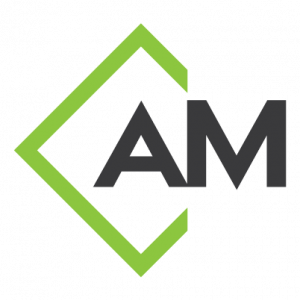
PacBac
Allied Microbiota
PacBac uses naturally occurring, non-pathogenic thermophilic bacteria to naturally destroy soil contaminants that are difficult and expensive to clean up using current remediation technology. These recalcitrant contaminants include a rogues’ gallery of dangerous chemicals—dioxins, polychlorinated biphenyls, polycyclic aromatic hydrocarbons, benzene, toluene, and xylene—that are often deposited in soil by industrial processes, creating dangerously polluted brownfield sites.
The student research team made observations and recommendations in three areas that will help Allied Microbiota bring PacBac to market: patent landscapes, freedom-to-operate, and regulatory challenges.

Flexible Solar Powered Fabric
pvilion
Pvilion designs and manufactures a flexible solar-powered fabric that can be used on any surface such as backpacks, jackets, tents, and covers. Headquartered in Brooklyn, NY, the company was born out of FTL, a business with nearly 25 years’ experience in advanced technology innovation. Specifically, FTL Solar—a subdivision of FTL—created the flexible solar cell technology that is the core of Pvilion’s business.
Pvilion aims to infiltrate new markets in addition to those they currently operate in. The company worked with the Innovation Law Center to determine where to penetrate by providing—as part of its proprietary report—a comprehensive summary of different markets for their technology. The student researchers are enabling Pvilion to make smart market decisions by using strategic, data-powered evaluation and streamlined quantitative analysis.

Charge-Sharing System
Hoplite Power
Hoplite Power has developed a smartphone “charge-sharing” system. “Any customer who is low on battery can go to one of our kiosks in network and rent a portable battery pack to charge their phone on the go,” says Co-Founder and Chief Technology Officer Nikolas Schreiber, adding that the kiosks operate in a similar way to a RedBox DVD dispenser or CitiBike bike rental kiosk. Each kiosk—called a Hoplite Hub—stores, dispenses, re-accepts, and automatically recharges Hoplites, which are small, ergonomically designed, universal battery packs for smartphones. These packs can be rented from and returned to any Hoplite Hub in the network.
Hoplite Power consulted with the ILC on a full intellectual property (IP) strategy, including prior art, freedom to operate, and patentability.
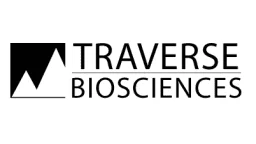
Curcumin Derivative
Traverse Biosciences, Inc.
Certain Indian extracts have been shown to treat various medical conditions, but have been deemed unusable due to the detrimental effects they had on cells and extreme solubility. Stony Brook University researchers found a therapeutic use for these extracts, and came to the TCLP for the next step. Since the conclusion of the research in 2013, the researchers at Stony Brook have gone on to on to form Traverse Biosciences, Inc. to continue in their quest to “[commercialize] novel drug candidates for the treatment of inflammatory diseases and related conditions affecting humans and companion animals,” per their website.
The TCRC report provided to the Stony Brook researchers detailed applications of the modified extract, outlined the steps necessary for FDA approval and implications therein, discussed what IP protection is best suited for the invention, listed potential funding sources, and provided several exit strategies ranging from strategic partnership to sale or licensing of the technology and who the best options would be.

Micro Environment Heating System (MEHS)
Binghamton University
The MEHS was developed by researchers at Binghamton University in an effort to increase worker productivity and reduce energy costs through highly targeted personal heating. Classified as “green” technology, the MEHS would reduce the energy needed to operate buildings, which comprises 45% of all energy use in the U.S.
Developed through integration of existing technologies, the TCRC report provided Binghamton with information about the necessary steps to FDA approval during the prototyping stage, listed the best markets available for the MEHS, discussed the IP landscape for inventions similar to the MEHS, detailed considerations to be weighed if the MEHS were commercialized, and covered the central business decisions Binghamton would need to make regarding bringing the MEHS to market through several different options.
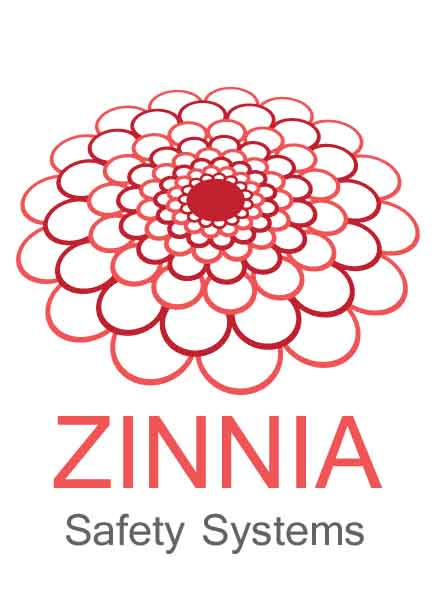
Psychiatric Patient Monitoring
Zinnia Safety Systems, LLC
Two Upstate Medical University forensic psychiatrists have developed an innovative way to monitor patients at risk for suicide in custodial care settings. The psychiatrists, Andrew R. Kaufman, MD, and James L. Knoll IV, MD, formed Zinnia Safety Systems LLC to license the system’s technology from Upstate Medical University.
The TCLP addressed the intellectual property rights of the product that was developed by employees of SUNY Upstate Medical University. Although not yet patented, any patent on the device will be owned by Upstate but Zinnia Safety Systems LLC will be exclusive licensee of any patent issued. The report summarized relevant research and other data on suicide prevention, specifically focusing on custodial settings in New York State. The report reviews the major technological components of the device as well as the historical developments of the technologies incorporated in the device. An overview of competitive markets that included substitute and competitive technologies already in use was provided. Finally the report reviews the potential liability and regulatory issues the system faces if implemented in custodial settings. An analysis and recommendations for potential commercialization were also included.
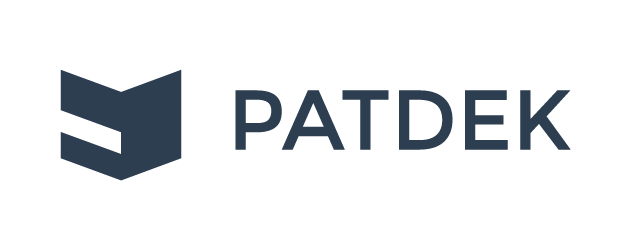
PatDek Claims Analysis Software
Lithosphere Software LLC
Lithosphere Software LLC developed software to facilitate requirements for challenging or defending a patent, culminating in the Patdek database, which is accessible online at http://www.patdek.com. The website contains more than 300 million pages of patents, searchable by keyword, patent number, PTAB Trial number, and a variety of other search factors.
The TCLP looked at the technology and provided an overview of the current status of the market. The TCLP also suggested changes that could be made to improve the performance and marketability of the software. Potential partners were highlighted for consideration in marketing the product and a market strategy for expansion was recommended.

Smart Window
Dimien LLC
Dimien LLC aimed to capitalize on the growing trend towards green building by creating a window capable of automatically transitioning from based on the ambient air temperature and without requiring any electrical input. Additionally, Dimien’s windows blocked only IR light (heat) while letting in visible light.
The TCRC report for Dimien laid out the current state of the smart window market, identified Dimien’s primary competitive advantages over currently available and lab stage smart windows, provided an understanding of the entire glass market as well as listed the segments to enter first, outlined the options Dimien has for commercialization, detailed various funding options including state/national/private, provided an overview of the various state regulatory standards Dimien would need to comply with, and recommended an IP strategy for Dimien to follow regardless of their path to commercialization.
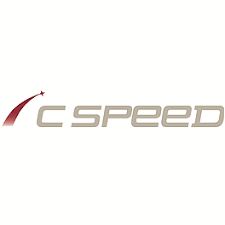
Data Visualization Systems
C Speed
C Speed is a product development and engineering services company. Its programmers engineered a new way to look at complex data sets, highlight relationships between seemingly unrelated data types, and allow a data user to customize the display to meet specific needs; all in the form of a data visualization system (DVS).
The report provided a comprehensive view of the developing technology and its commercialization potential. A detailed description of the visualization system, its competitive environment, relevant markets, intellectual property considerations, and regulatory matters was provided. The technology portion of the report provides a brief description of the resolution C Speed offers to combat the apparent problems in complex data visualization. In addition, an evaluation of different markets including testing & measurement, medical, and defense was provided. The testing and measurement industry both in the United States and throughout the world is dominated by a few firms, three of which are profiled in the market section. The legal section discusses the various types of intellectual property protection available and the applications to which each type most directly applies. An analysis of these topics and recommendations for potential applications was also included.
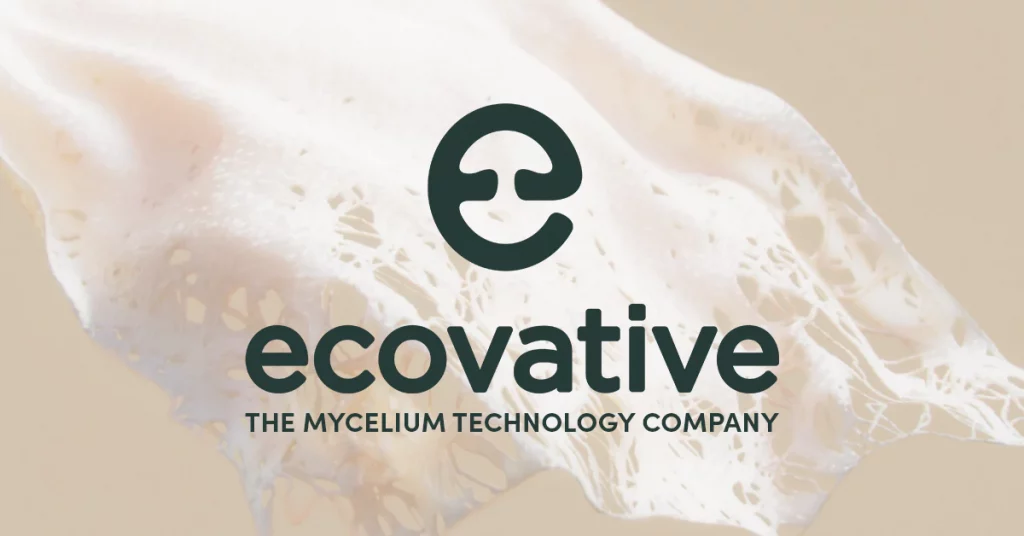
Greensulate
Ecovative Design, LLC
Ecovative Design, LLC developed a new method for creating a sturdy biodegradable material with potential to be developed in a number of useful ways. The method uses innovative patent-pending technology that uses a fungal mycelium to transform agricultural byproducts into strong biological composite materials.Examples include structural cores, green packaging, and bioplastics. Since it’s consultation with TCLC, the company has developed partnerships with companies such as Sealed Air Corporation and 3M.
The report discussed protecting further innovation through patent protection and maintaining innovations as trade secrets, both with regard to employees and dealings with third parties. The report provided a representative summary of some United States and foreign patents classified in technical fields relating to Ecovative’s technology to illustrate fields in which technologies of potential interest are currently used. Relevant regulations and standards that affect Ecovative’s products were evaluated. These include ASTM International (originally American Society for Testing and Materials) and the International Building Code (IBC), which both recommend and require testing of various materials. There are separate testing requirements and definitions for combustibility and conductivity provided by the National Institute of Standards and Technology (NIST). The regulations that affect biodegradability, recycled content, and reclaimed content are also relevant to Ecovative’s mission. A brief analysis of Leadership in Energy and Environmental Design (LEED) was provided within the context of Ecovative’s role in green building projects, and an examination of additional organizations administering standards and certifications was provided for consideration.
Pathways such as strategic planning, market selection, technological/research, and commercialization were discussed. With regard to the markets determined most relevant to Ecovative’s products an overview of the markets, major trends driving each market, and operations of the largest participants in each market were provided.

SiMPore Technology: Ultra SM
SiMPore, Inc.
SiMPore, Inc. licensed a new silicon membrane technology from the University of Rochester for the separation and purification of biomolecules and other nano-size particles in a wide range of applications. The technology provided for substantial price and efficiency improvements over filters that were then on the market.
The report described the improvements in the filter technology, and contrasted it with similar technologies of competitors and potential partners. The markets for protein separation, virus filtration, and dialysis were considered, and an overview of the dominant technologies, market size, trends, and prominent market participants was provided. The process for including SiMPore’s nanofilter in new and existing medical devices was described, including an analysis of the complex and extended Food and Drug Administration (FDA) approval process required prior to utilizing new medical devices in the United States. SiMPore’s University relationships, including the company’s licensing agreement with the University of Rochester, were considered. Relevant tax laws and a discussion of the tax implications that can flow from research conducted in tax exempt facilities was discussed. Finally, potential market applications, risks, costs, returns, and suggestions for the development of SiMPore’s business were provided.
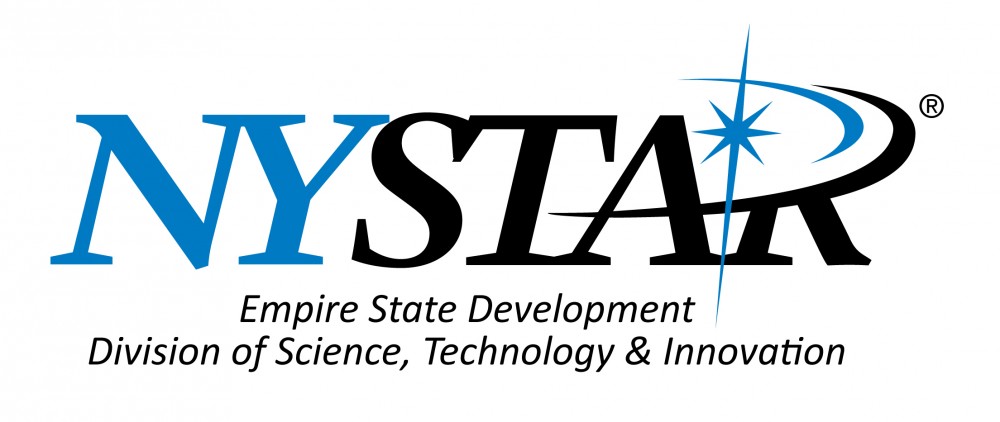
University/Industry Sponsored Research Contract Term Analysis
NYSTAR
This research report provides both academic institutions and private industry with information relevant to the efficient negotiation of reasonable and mutually beneficial sponsored research agreement terms. It seeks to reduce the amount of time negotiating agreements which delays and even precludes research collaborations between academic institutions and private industry.
The research team surveyed various private industries to identify practices that facilitate contract negotiation with respect to typically contentious issues. The report analyzes the surveys completed by companies in order to identify practices that facilitate contract negotiation between academic institutions and private industry with respect to typically contentious issues.

State Intellectual Property Policies
NYSTAR
This report discusses the role of state government in creating an atmosphere where University research and development can flourish and where the state can benefit from its investment in research. Research has been compiled to provide a potential resource for policy makers who are considering a comprehensive statewide intellectual property (“IP”) policy.
The report discusses the current environment of university IP commercialization. It reviews federal IP policies and industry push-back on university R&D. Information is provided concerning university technology transfer activities and factors from within and outside the University that affect local economic development. Data is provided showing total university IP expenditures, invention disclosures, filed patent applications, issued patents, start-up formations, license income, and finally, licenses and options executed.
The report summarizes the findings, guiding principles, objectives and recommendations from a California report written for policy makers who are considering a comprehensive state IP policy. It reviews current New York agencies’ IP policies, including SUNY, the Research Foundation, NYS College of Agriculture and Life Sciences at Cornell University, CUNY and the CUNY Research Foundation, NYSTAR, and NYSERDA. The report discusses current New York Assembly activity with regard to a comprehensive state IP policy.
Finally, the IP policies of all fifty states in the US are canvassed, presenting their respective state policies, summaries of their university system IP policies and other relevant specialized funding agencies.
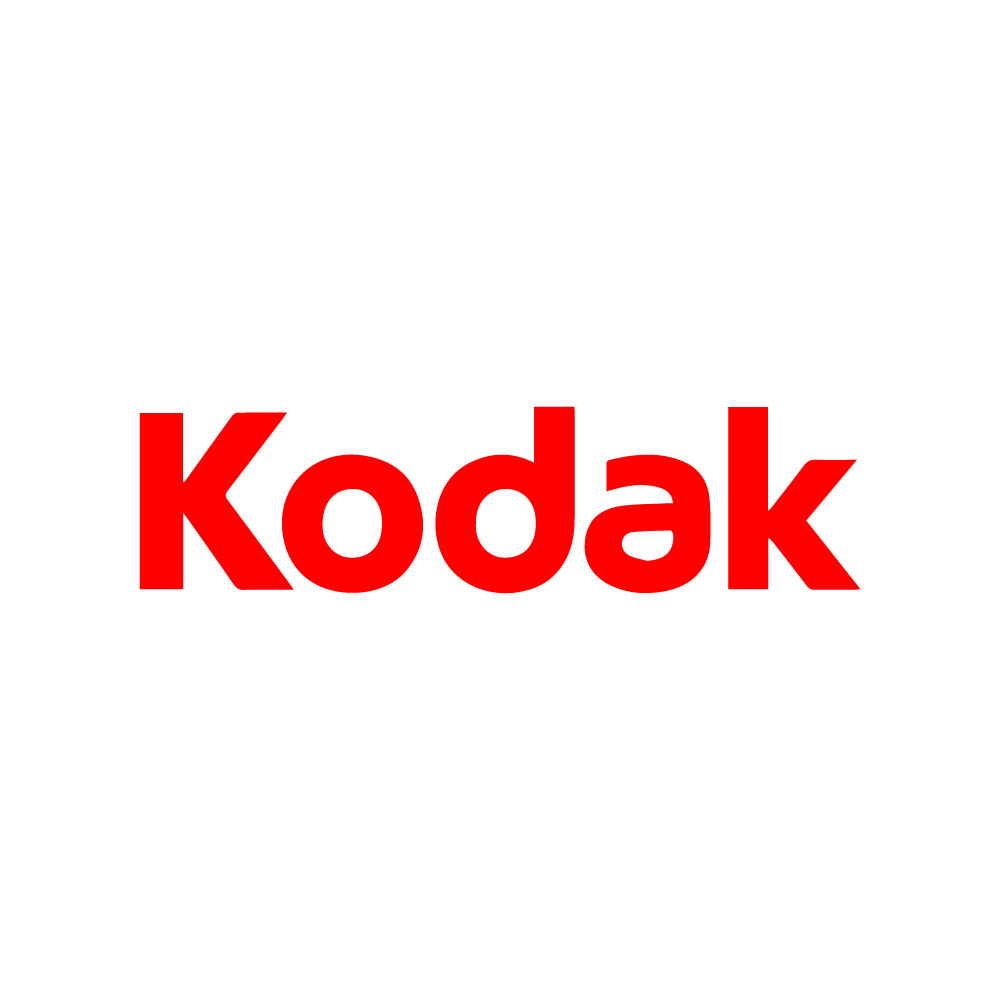
Eastman Kodak Company: GEMS Technology
Eastman Kodak Company
Kodak developed a technology comprised of a microelectromechanical systems (MEMS) device that can be used to modulate light. The technology can be employed in a variety of applications, such as electronic displays.
The report included a technological overview of the device as well as a brief description of several competing display technologies. Potential markets were researched including consumer home display, gaming, medical image display, computer-aided design workstations, commercial motion picture theatres, advertising, 3-D projection and other stereoscopic technologies, and printing markets. A patent search for patents assigned to competitors or potential partners was executed. An overview of the governmental agencies and laws regulating lasers, laser products and radiation emitting products was provided. Finally, an analysis of the research and recommendations regarding commercialization, prospective market entry and licensing ventures involving the technology were provided.

Welch Allyn Communications Protocol
Welch Allyn, Inc.
This project focused on options for introducing a universal communications protocol into the medical device market. It explored different markets as potential applications for the protocol, and made recommendations accordingly.
It analyzed the technology, performed a business analysis, and provided case studies to illustrate relevant experiences of similar products. A legal and regulatory overview of consortia, FDA, HIPAA and anti-trust issues was provided. Finally, possible business models were discussed.

Intellectual Property Management Practices in Complex Research Environments
Rochester Institute of Technology Center for Integrated Manufacturing Studies
This research project analyzed the creation, protection and management of intellectual property in complex research environments that include faculty, students, industry funding and industry researchers, and government funding and government researchers.
The report suggested six best practices for intellectual property management and ten specific steps to achieve these best practices. To maximize the capture of intellectual property, the report suggested reporting form templates, procedures and timetables.

Physician Office Ultrasonic Imaging
Welch Allyn, Inc.
This project was undertaken on behalf of a major medical device manufacturing company. The research analyzed the prospect of a hand-held, inexpensive ultrasound device available for primary care physicians.
The report reviewed the basic science underlying ultrasound technology, the growth and driving forces in the ultrasound market, the factors that would influence the purchase of ultrasound equipment by primary care physicians, and the legal and insurance concerns that might affect primary care physicians’ willingness and ability to utilize ultrasound technology. It also reviewed the universities with active research programs in the field of ultrasound technology and identified potential licensing partners based on their core competencies, patent portfolios and corporate profiles.
